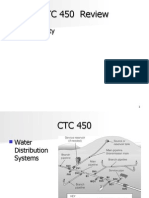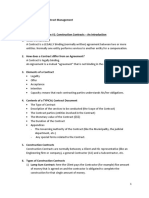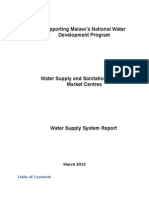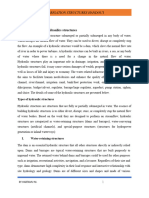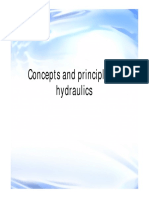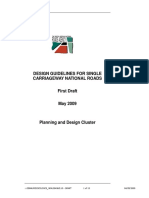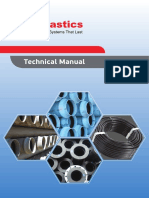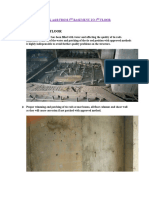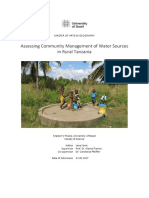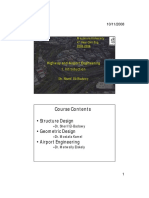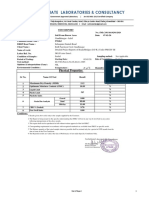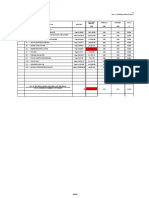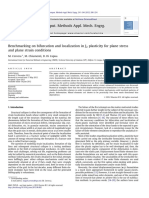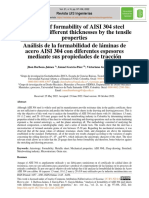0% found this document useful (0 votes)
82 views63 pagesWater Distribution System
Why you are worried about water distribution system? Look at this pdf and do it well!
Uploaded by
Aysheshum Tesfaye (Chapi)Copyright
© © All Rights Reserved
We take content rights seriously. If you suspect this is your content, claim it here.
Available Formats
Download as PDF, TXT or read online on Scribd
0% found this document useful (0 votes)
82 views63 pagesWater Distribution System
Why you are worried about water distribution system? Look at this pdf and do it well!
Uploaded by
Aysheshum Tesfaye (Chapi)Copyright
© © All Rights Reserved
We take content rights seriously. If you suspect this is your content, claim it here.
Available Formats
Download as PDF, TXT or read online on Scribd
/ 63





